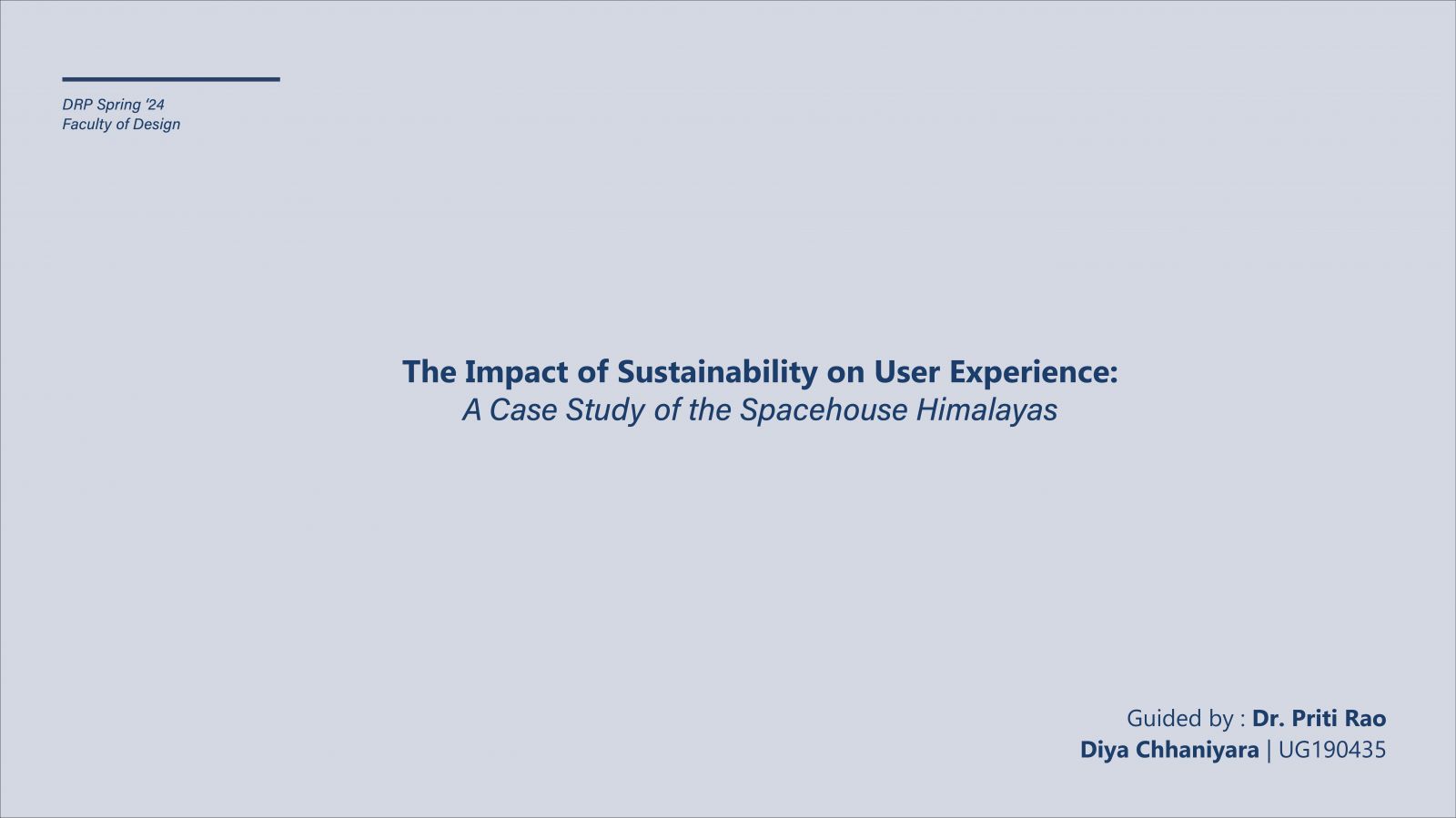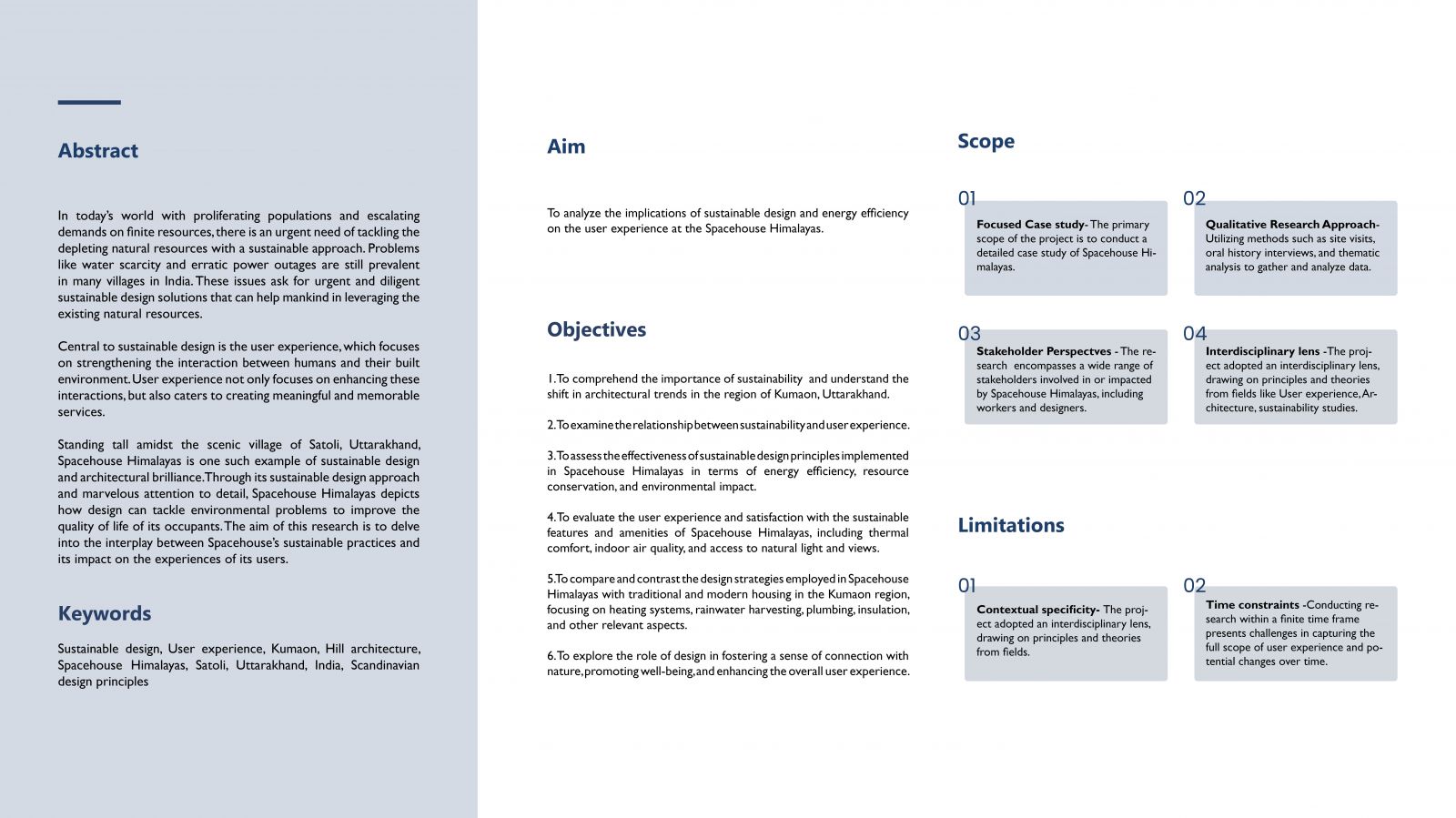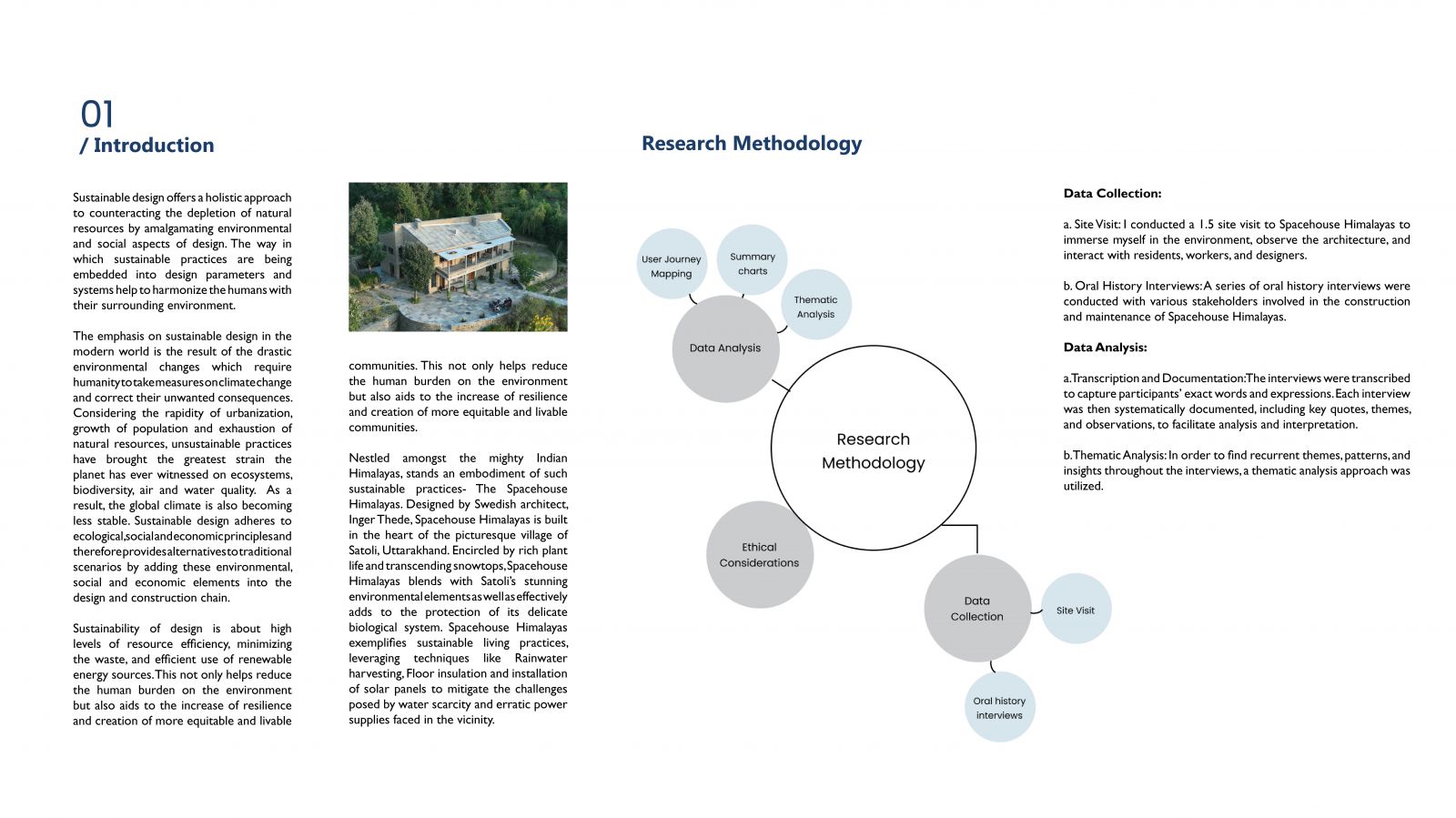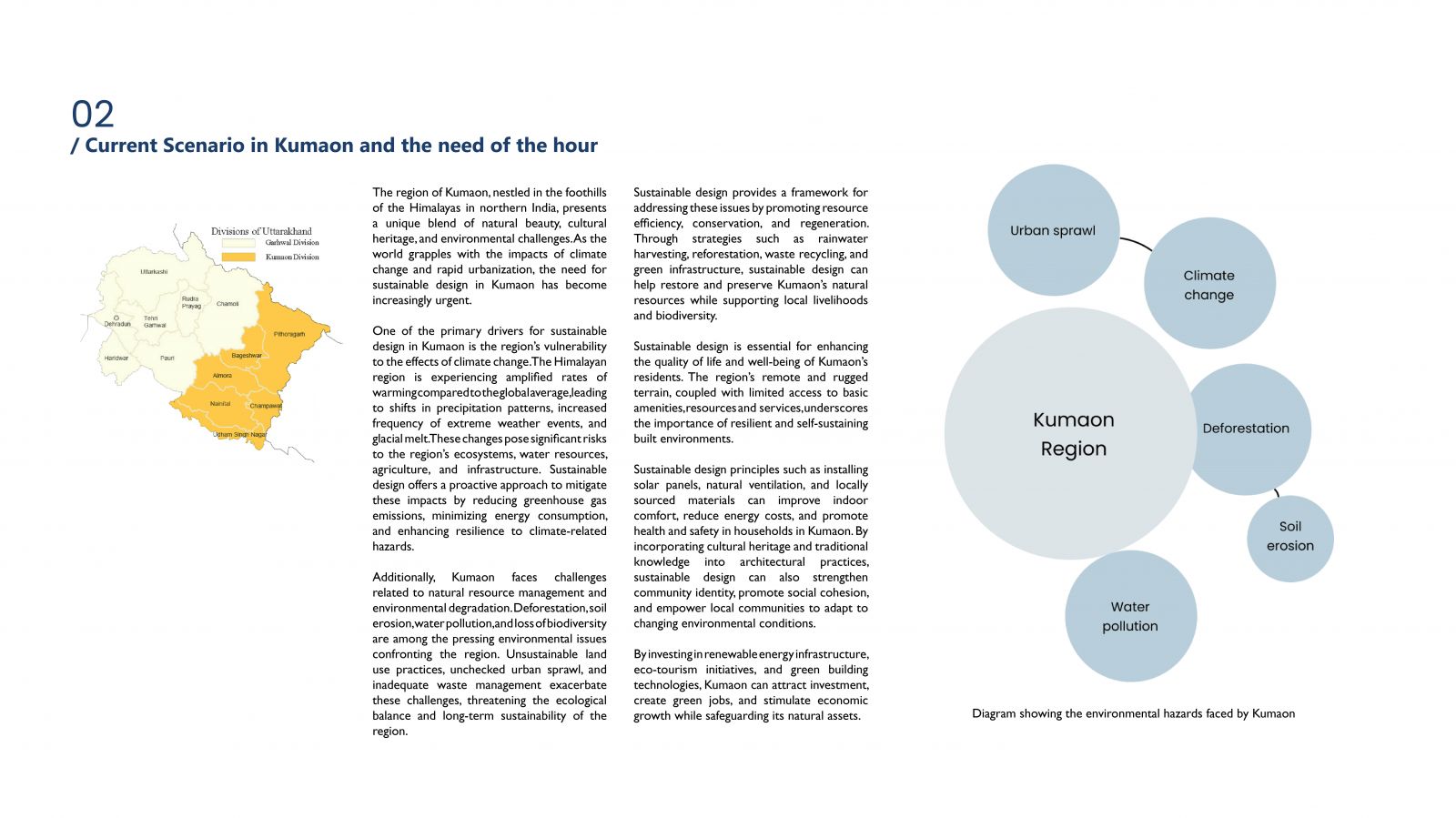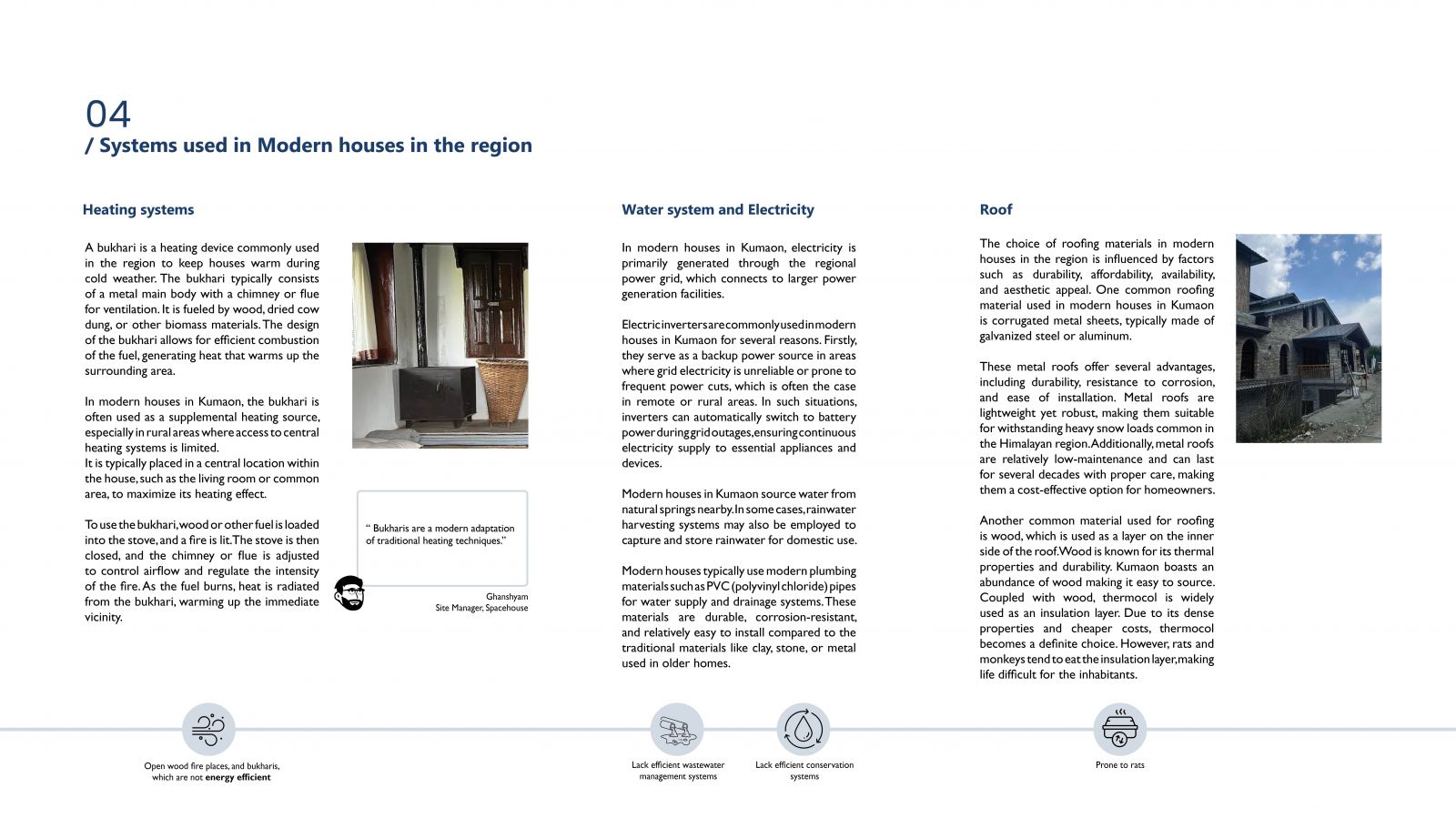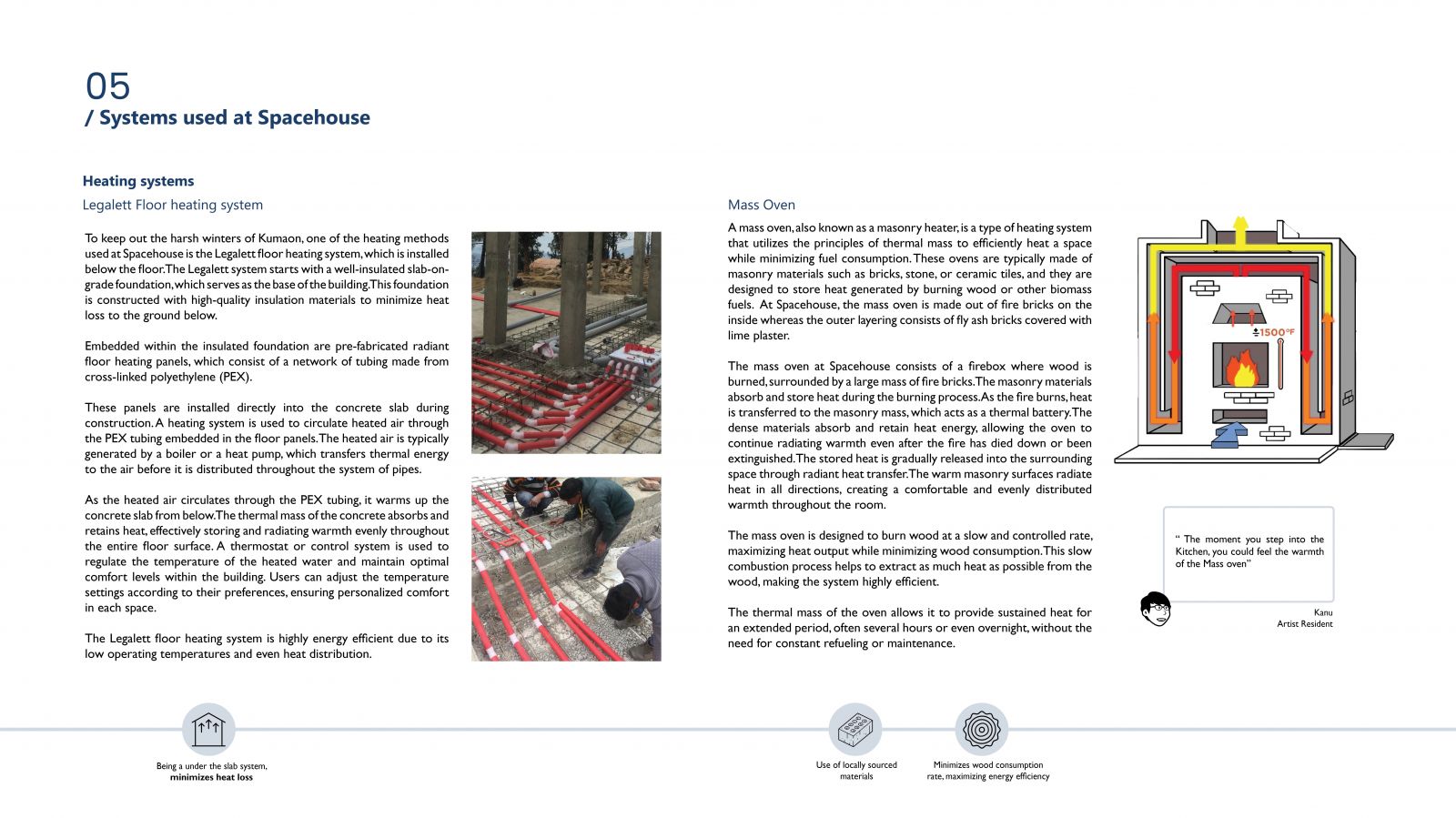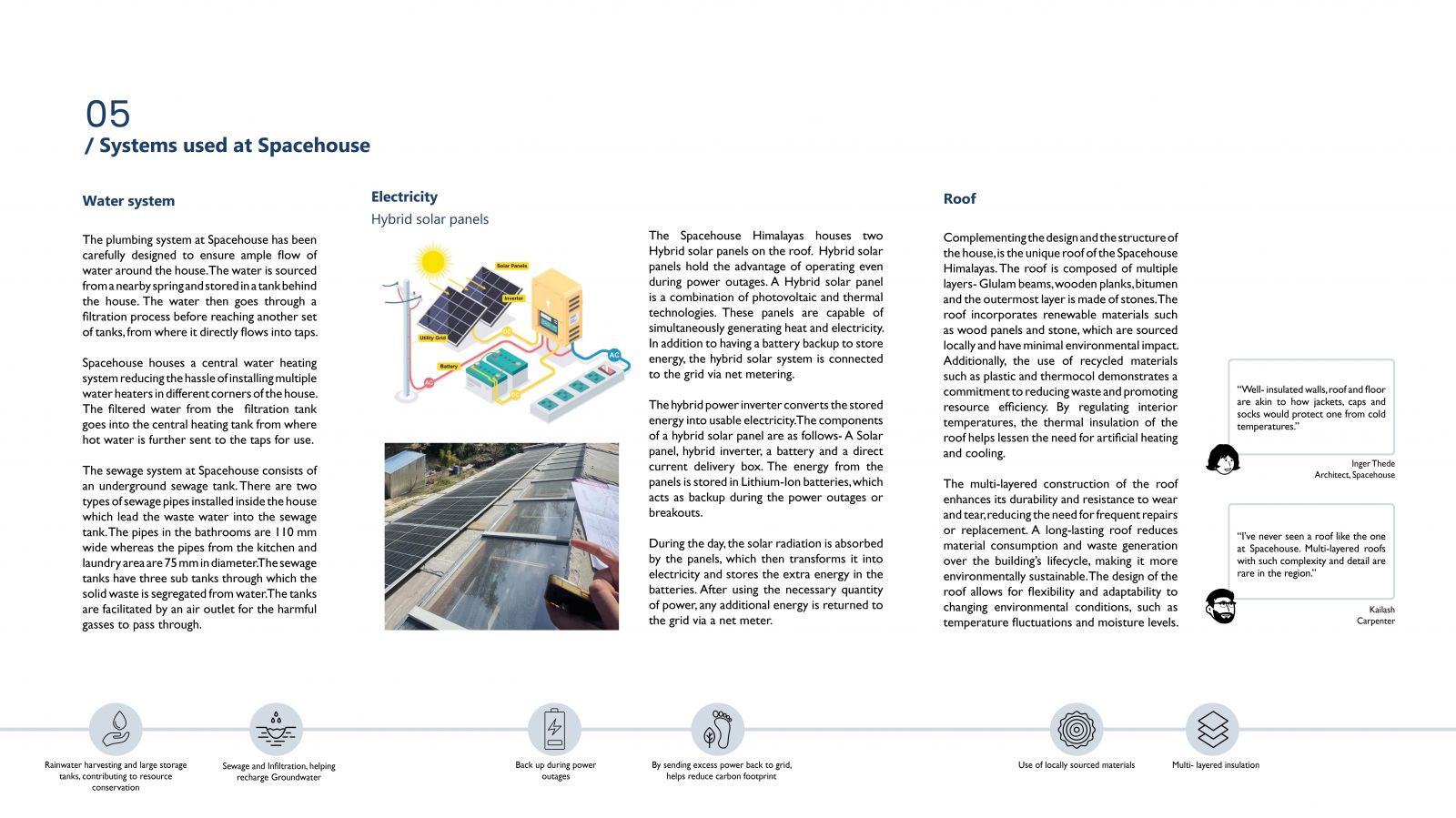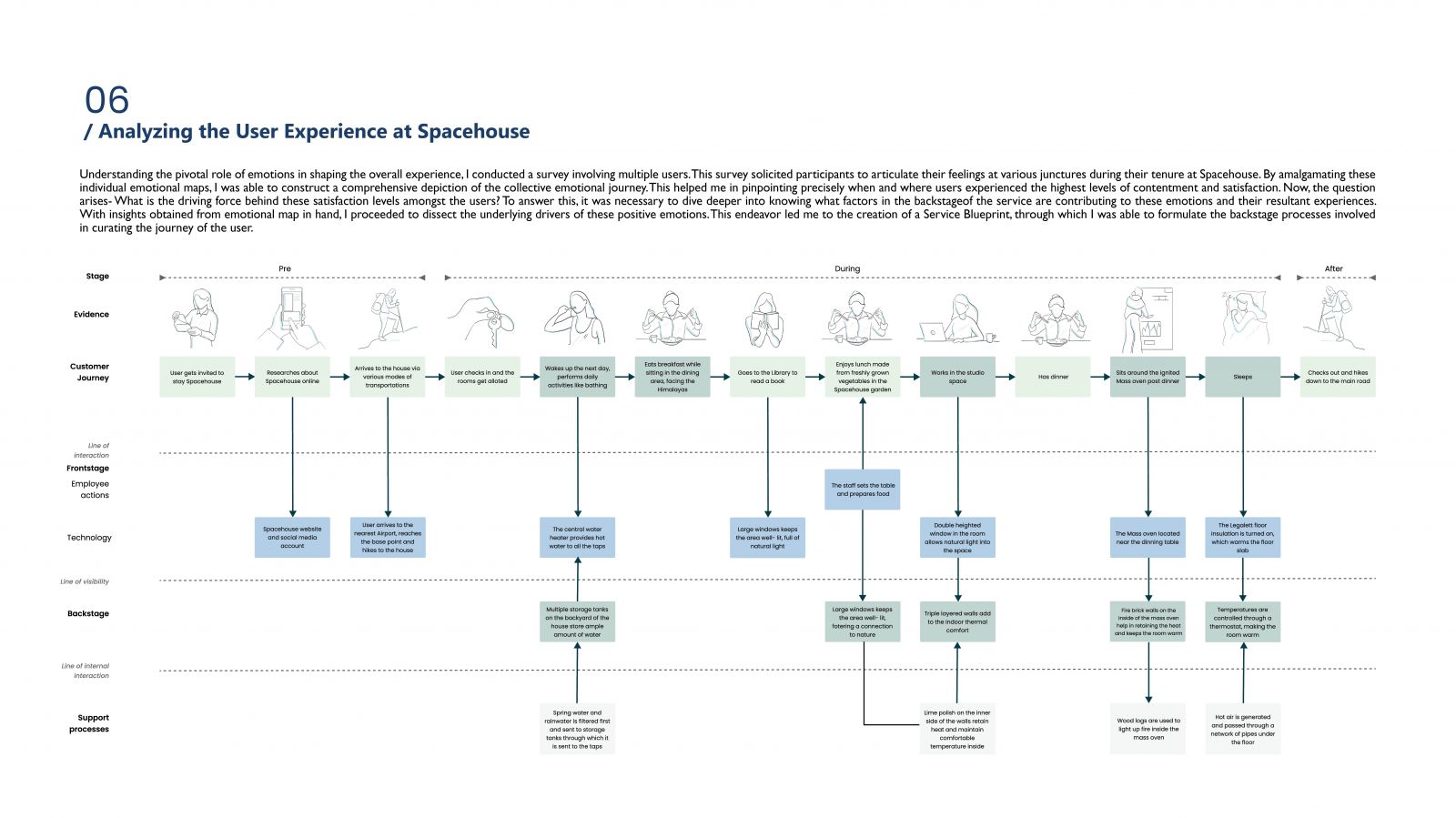Your browser is out-of-date!
For a richer surfing experience on our website, please update your browser. Update my browser now!
For a richer surfing experience on our website, please update your browser. Update my browser now!
In today’s world with proliferating populations and escalating demands on finite resources, there is an urgent need of tackling the depleting natural resources with a sustainable approach. Problems like water scarcity and erratic power outages are still prevalent in many villages in India. These issues ask for urgent and diligent sustainable design solutions that can help mankind in leveraging the existing natural resources. Central to sustainable design is the user experience, which focuses on strengthening the interaction between humans and their built environment. User experience not only focuses on enhancing these interactions, but also caters to creating meaningful and memorable services. Standing tall amidst the scenic village of Satoli, Uttarakhand, Spacehouse Himalayas is one such example of sustainable design and architectural brilliance. Through its sustainable design approach and marvelous attention to detail, Spacehouse Himalayas depicts how design can tackle environmental problems to improve the quality of life of its occupants. The aim of this research is to delve into the interplay between Spacehouse’s sustainable practices and its impact on the experiences of its users.
View Additional Work